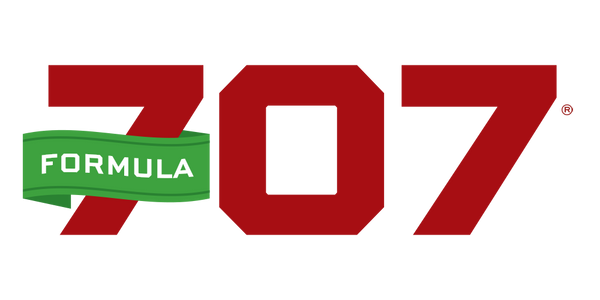For many horse owners, boarding is necessary. Not all horse owners can have land, and many prefer not to be tied down to land and all the associated work. Prior to owning my own land, I boarded my horses for ten years at many different facilities in Minnesota and Colorado. This gave me insight in to what to look for when deciding where to keep my horses. If you are looking for to board your horse, here are some considerations.
-
Location: If you want to see your horse often consider a location that limits driving time and heavy traffic. Getting a map out and marking locations is a good start.
-
Cost: A stable might only charge $150 per month for board, hay included. In this case, be sure to find out how much hay will be fed (in pounds). If you end up having to buy supplemental hay pellets, complete feed and grain, you may be better off spending $250 per month at a place that provides more complete feeding. Look closely at the boarding agreement to see what is or is not included in the price.
-
Stabling Options: Boarding stables usually offer several space options. These may include shared open pens or pasture with shelters, stalls with runs and stalls without runs.
-
Stalls and Runs: If your horse is overly aggressive or very passive, you may be better off keeping your horse alone or with just a few buddies. Keep in mind that horses kept isolated from others don’t get to socialize and play. Stalls and runs are a great human convenience, but can make for bored and unhappy horses. Horses stuck in small pens should be allowed a large area turnout every day. Free lunging is also a great way for a horse to get out and move. Horses are naturally social and enjoy grooming and playing with each other. If your visit frequency is limited, a small pen is not a good choice.
-
Dry lots, pasture or large pens: If your horse is going to be in a group situation, be sure that the horses are fed in a way that allows for all levels of the pecking order to eat plenty. Aggression is common at feeding time. Be sure to watch how the horses are fed to ensure that feed is placed in many different places with plenty of space in between.
-
Feed: An average horse needs 20lbs of hay per day. Ask how many pounds of feed are fed each day, what type of hay is fed and where the hay is sourced. Also find out if any grains are included in the price of board, and if so what type and how much. Be sure to buy a white salt block if the stable does not provide one.
-
Water: Don’t take for granted that a stable provides plenty of fresh clean water. Even automatic waters get stinky and grow algae. If there are many horses drinking from one source it is likely that at least one horse uses the water for mouthwash. If the stable fills tanks, ask how often the tank gets cleaned and if they provide a tank heater in winter.
Click here for Part 2 for boarding your horse.

